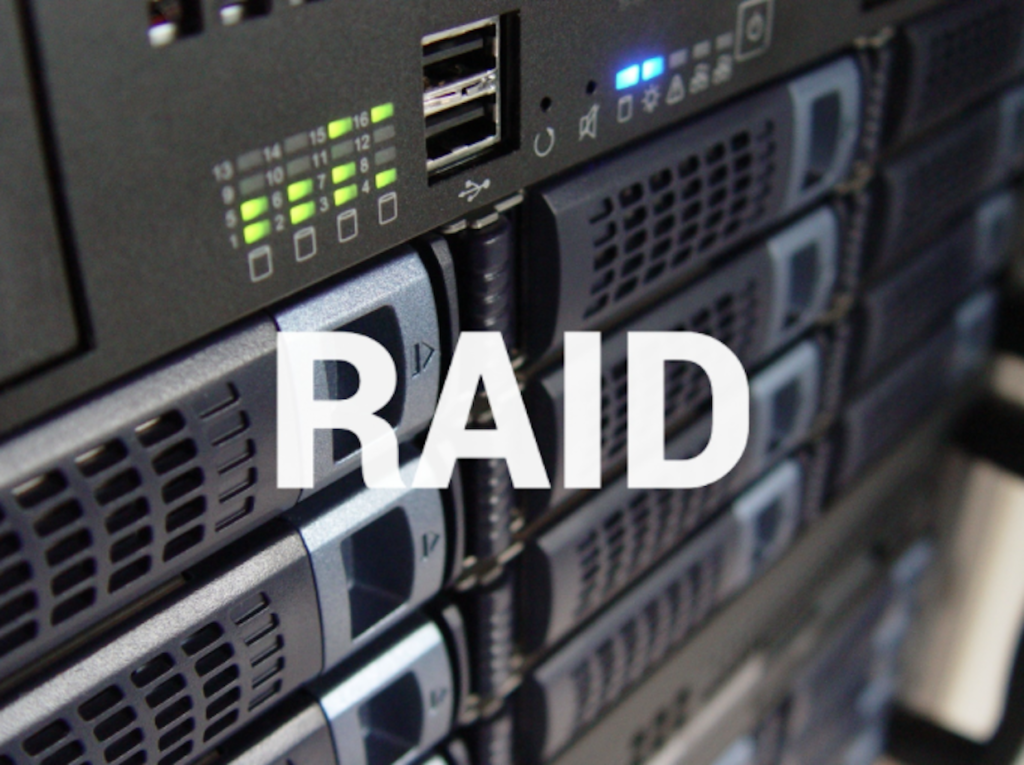RAID (redundant array of independent disks) seems to be a processing system that incorporates multiple disc drive parts into a unified logical device that acts as a standard drive once attached to many other hardware. Mirroring provides redundancy throughout RAID 1, which means data is transmitted to different supports in the same way. RAID 0 has no redundancy but rather relies on striping, which divides data amongst all drives. RAID 0 has zero error detection; if one of the components drives drops, the RAID device fails as well. Here is RAID 0 vs RAID 1 comparison.
RAID 0 is an acronym for Redundant Array of Independent Disks.
Contents
RAID 0 (RAID level 0) seems to be a data storage system that arranges information by encoding it across several discs. As a result, when conducting an I/O activity, the disc is viewed in parallel. Since it may not include any data redundancy, RAID level O may not call a RAID entity. It employs the disc striping process. Disk striping seems to be a method of dividing a hard drive’s storage capacity into strips of different sizes ranging from 8KB-1024KB. Such stripes are serially added one after the other.
The Benefits
RAID 0 has the following additional features
Improved efficiency: If information is striped through four disks, the capacity is increased fourfold. If every drive operates at around 249 Input Output Operations per Second (IOPS), such setup would provide 1000 IOPS, rendering it extremely fast for clients.
There’s no overhead because RAID 0 doesn’t even use parity, as well as the whole drive’s space, which is reserved for storage.
Cost-effective: This setup is the cheapest of all RAID levels but is assisted by other RAID controllers.
Simple to establish: There isn’t anything to set up for RAID 0, which renders it the simplest and fastest set up.
Concept of RAID 1
RAID 1 (level 1) seems to be an information mirroring setup in which the same information is recorded on two different discs. When performing a read procedure, the information among equivalent data can be obtained in far less duration, but parallel readings can be conducted if no mistakes are made. Whenever a process updates or writes a record, one version of the file is saved on each disc. As a result, RAID level 1 has a 100 percent overhead. One version of the file is guaranteed to be available in the event of disc failure. The strategy of mirroring improves error resistance
The Benefits
Data replication is the most significant benefit of RAID 1 since information is spread throughout two or more discs.
Error sensitivity: This level is best for mission-critical systems, so if one server crashes, the other one will carry over immediately. There would be no effect on consumers because both drives comprise critical information.
High accessibility: As information is replicated through several discs, it will always be accessible once it is required, as well as the risk of data failure is extremely low.
High efficiency: Information can be captured from two or maybe more platforms at the same time, which makes it fast.


